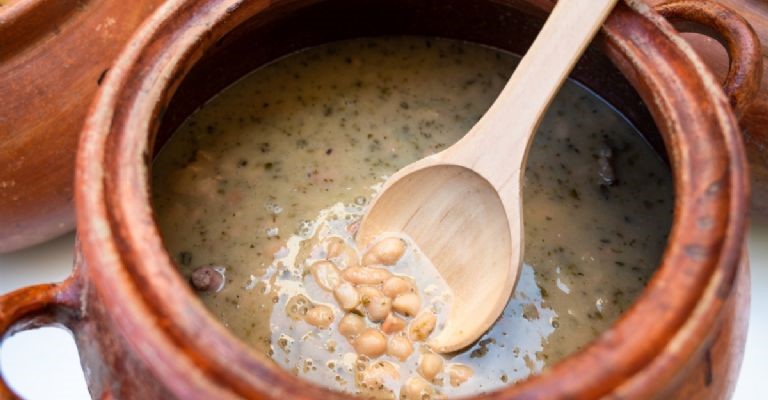Pots and pans made of clay have been used for a long time by various cultures to cook their food. It is a traditional and economical option common in the center and south of the country. However, although their use is very popular, using clay utensils can be dangerous.
The clay itself is not harmful to the body, but rather, the way in which the pots are made can be harmful, as some may contain lead, according to the Center for Research in Food and Development (CIAD) of the Government of Mexico.
“This concern is real because lead has been found in handmade clay utensils used for cooking or containing food and beverages,” the institution explained in an article published in 2021.
Lead in food
According to the World Health Organization (WHO), lead is a toxic substance that accumulates in the body and affects various parts of our system. It is especially harmful to young children, as it affects their brain development, decreases their IQ and cognitive development, and increases attention and behavioral disorders.
When lead is consumed, it is distributed throughout the body to the brain, liver, kidneys, and bones. It can also be deposited in the teeth when it accumulates over time.
Until a few years ago, this metal was used as a tool in glazed earthenware pottery such as plates, Comales, and the characteristic coffee pots and bean pots. Lead can be released from clay pots when cooking acidic foods, tomatoes, or citrus fruits because of their chemical composition.
“This occurs because to make the glaze for the pieces, a mixture of silica and lead oxide is used, which is melted and applied in liquid form, and then baked. Since the temperatures used to fire the utensils are not very high, the lead particles are not removed and do not remain fixed to the glaze. So when the enamel comes into contact with water or food (especially acids) the lead is released from the enamel and is deposited on them, contaminating them,” the Health Secretariat indicates in a report.
How to identify if a pot has lead
The Federal Consumer Protection Agency (Profeco) indicates that a safety measure to know if your clay pots are covered with lead is to pour white vinegar inside the pot, plate, or clay jug or submerge a part of the piece in a container with vinegar. Both methods offer the same effectiveness for lead detection.
You should make sure that the liquid covers at least 25% of the pot or cookware and leave it there for 24 hours. After this, wash and dry the clay piece. If you observe that it has lost its shine and its texture has become scratchy, that pot probably contains lead. In these cases, the most advisable thing to do is to definitely stop using the pieces that did not pass the test so that it does not affect your health or that of your family.
TYT Newsroom


